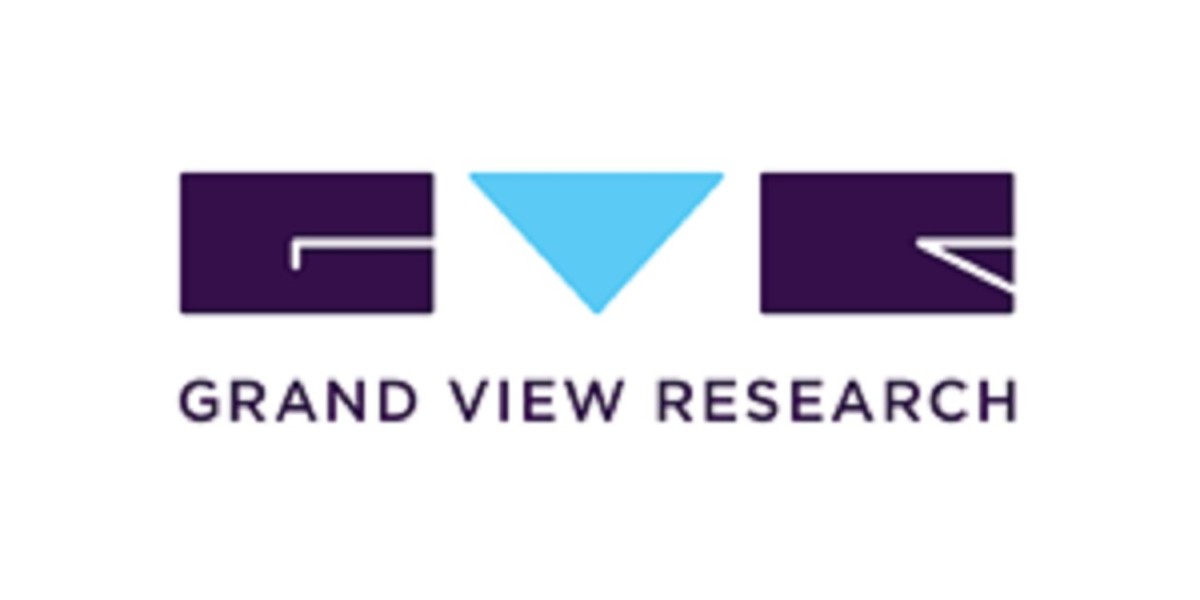The global enteral feeding devices market size was estimated at USD 4.43 billion in 2024 and is projected to reach USD 5.94 billion by 2030, growing at a CAGR of 5.18% from 2025 to 2030. This growth is primarily driven by the rising geriatric population worldwide. As the elderly population increases, there is a corresponding rise in conditions such as diabetes, severe pancreatitis, and various gastrointestinal disorders, all of which significantly contribute to the higher demand for enteral feeding devices.
In the U.S., the adoption of the “Feed Early Enteral Diet Adequately for Maximum Effect” (FEED ME) protocol in surgical trauma ICUs supports market expansion by offering subsidies on these devices, making them more accessible. In addition, continuous technological advancements—such as the development of tri-funnel replacement G-tubes and J-tubes featuring reverse balloon designs—are expected to further accelerate market growth throughout the forecast period by improving device efficiency, safety, and ease of use.
According to several studies published by the NCBI, individuals aged over 65 years face a significantly higher risk of developing chronic diseases, including Parkinson’s disease and various nervous system disorders. The global population aged 60 years and above rose substantially from around 1 billion in 2020 to approximately 1.4 billion in 2030, and this number is expected to double by 2050 to reach nearly 2.1 billion. As a result, the number of elderly patients suffering from critical illnesses has grown considerably over recent years. Age-related declines in muscle mass and body composition increase the risk of malnutrition and frailty among older adults, especially those with comorbidities such as stroke, depression, and dementia. These factors collectively reduce their ability to perform Activities of Daily Living (ADLs), consequently heightening the likelihood of falls and injuries.
The increasing global burden of chronic diseases is another major contributor to the rising demand for enteral feeding devices. Conditions such as Alzheimer’s disease, Attention Deficit Hyperactivity Disorder (ADHD), osteoporosis, osteoarthritis, central nervous system disorders, and various other long-term illnesses often necessitate clinical dietary management. Enteral feeding devices are widely utilized among geriatric patients experiencing these chronic conditions to ensure consistent and adequate nutritional intake, ultimately supporting improved health outcomes. This growing need for nutritional support across aging and chronically ill populations continues to fuel market growth.
Key Market Trends & Insights:
• North America enteral feeding market held the largest share of 37.12% in 2024, reflecting the region’s strong healthcare infrastructure, high awareness regarding clinical nutrition, and increased adoption of advanced enteral feeding solutions.
• Based on product, the enteral feeding pump segment held the largest revenue share of 50.60% in 2024. This dominance is attributed to the rising demand for precise and controlled nutrient delivery, improved device technology, and the expanding use of pumps in long-term and critical care settings.
• Based on age group, the adult age group segment dominated the market with the largest revenue share in 2024. The high prevalence of chronic illnesses, gastrointestinal disorders, and age-associated conditions among adults has significantly contributed to the widespread utilization of enteral feeding devices in this group.
• Based on indication, the cancer care segment dominated the market with the largest revenue share in 2024. This is largely due to the growing number of cancer patients experiencing difficulty in oral intake and requiring nutritional support during treatment, surgery, or recovery.
• Based on end-use, the hospitals segment dominated the market in 2024, driven by the high number of inpatient admissions, advanced clinical capabilities, and the presence of skilled healthcare professionals who frequently rely on enteral feeding devices for patient nutrition management.
Order a free sample PDF of the Enteral Feeding Devices Market Intelligence Study, published by Grand View Research.
Market Size & Forecast:
• 2024 Market Size: USD 4.43 Billion
• 2030 Projected Market Size: USD 5.94 Billion
• CAGR (2025-2030): 5.18%
• North America: Largest market in 2024
• Asia Pacific: Fastest growing market
Key Companies & Market Share Insights:
Key players operating in the enteral feeding devices market are undertaking a variety of strategic initiatives to strengthen their presence and broaden the reach of their products and services. These companies are actively focusing on measures such as expanding their geographic footprint, increasing production capabilities, and enhancing distribution networks to serve a wider patient population. In addition, partnerships and collaborations with healthcare providers, research institutions, and regional distributors play a crucial role in driving market penetration. Such expansion activities and strategic alliances are instrumental in propelling overall market growth by enabling companies to improve accessibility, accelerate innovation, and better address evolving clinical nutrition needs.
Key Players
• Conmed Corporation
• C.R.Bard
• Gravitas Medical
• Cook Medical
• Boston Scientific Corporation
• Moog Inc.
• Fresenius Kabi AG
• Danone Medical Nutrition
• Kimberly-Clark
• Abbott Nutrition
• B Braun Melsungen AG
• Avanos Medical, Inc.
• Cardinal Health
• Applied Medical Technology, Inc.
• Vygon India
• Fidmi Medical
• ALCOR Scientific
• Amsino International, Inc.
Explore Horizon Databook – The world's most expansive market intelligence platform developed by Grand View Research.
Conclusion:
The enteral feeding devices market is expected to grow steadily in the coming years, driven primarily by a rising elderly population and increasing prevalence of chronic diseases that impair normal eating or digestion. Demand is especially strong from adults requiring long term nutritional support, cancer patients, and individuals post surgery or with gastrointestinal or neurological conditions. Enteral feeding pumps remain the dominant product type, while hospitals are the primary end use settings, though home care use is also rising.



